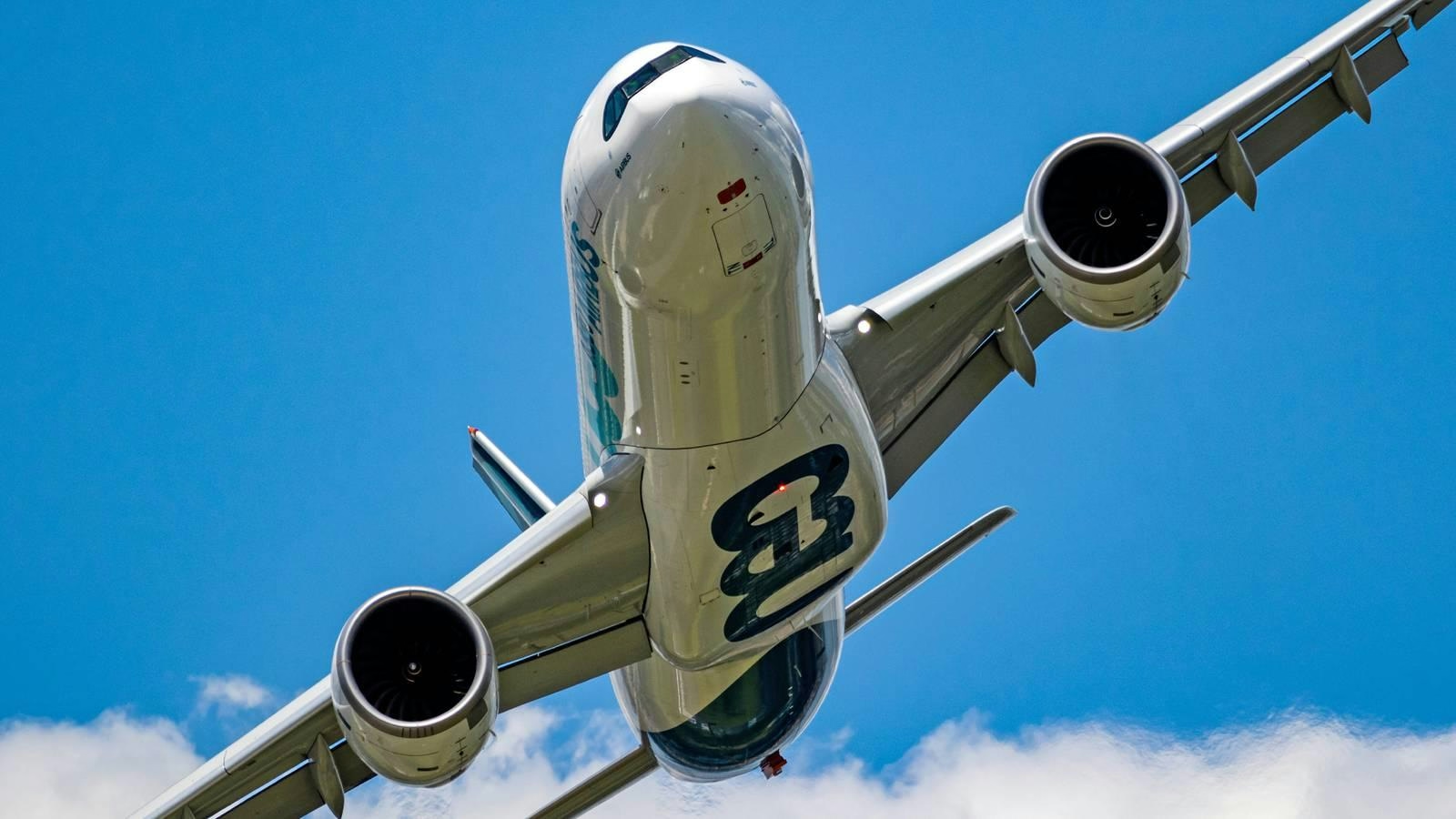
AeroGenie — Your Intelligent Copilot.
Trending
Categories
Asia-Pacific Airlines Project $7.3 Billion Profit in 2024 Despite Operational Challenges
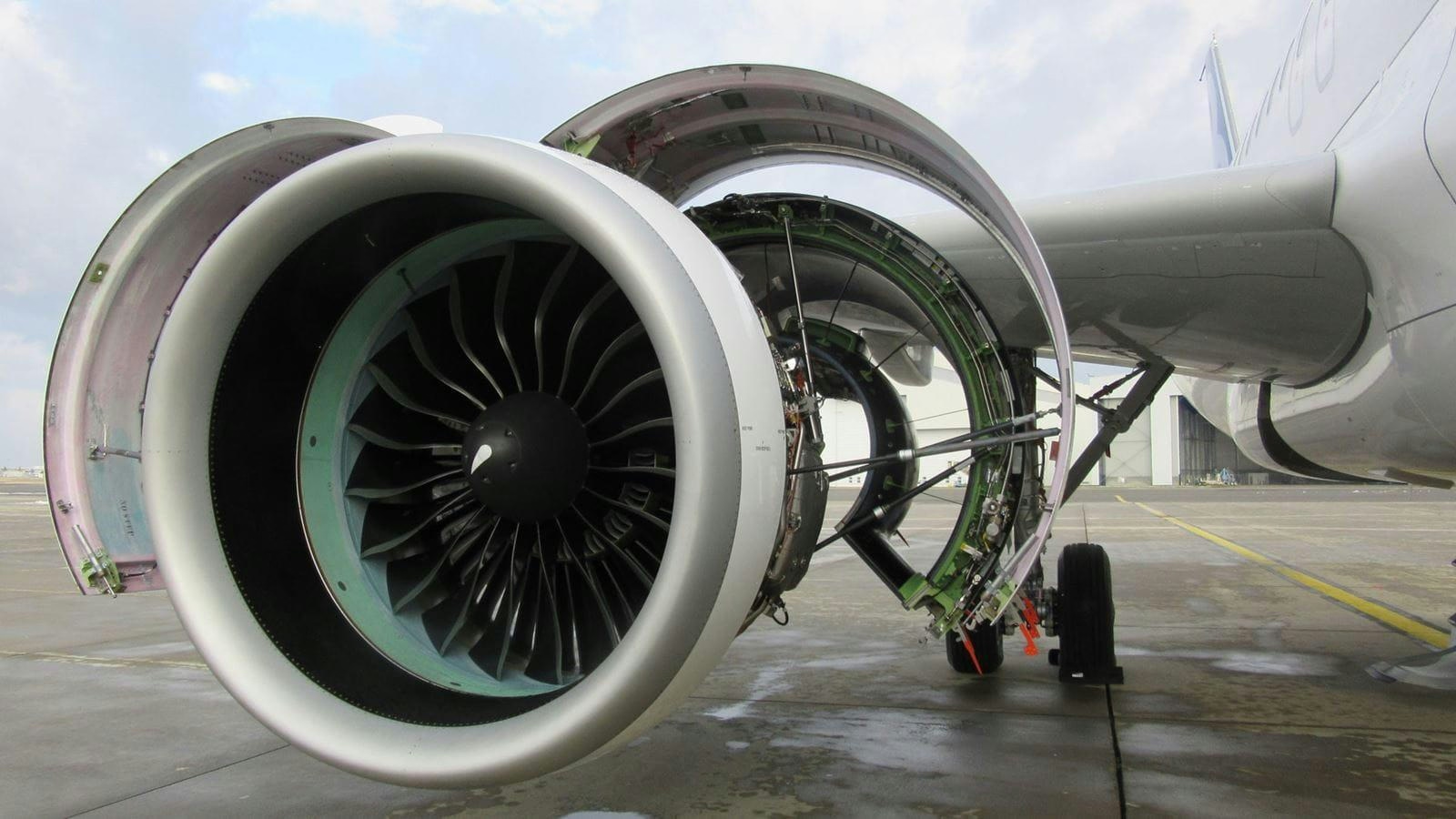
Asia-Pacific Airlines Project $7.3 Billion Profit in 2024 Despite Operational Challenges
Asia-Pacific airlines are poised to achieve a combined net profit of US$7.3 billion in 2024, signaling a strong financial recovery amid ongoing operational difficulties and supply chain disruptions. The latest figures from the Association of Asia Pacific Airlines (AAPA) highlight the resilience of carriers in the region as they navigate a complex economic landscape marked by rising costs, geopolitical uncertainties, and widespread logistical challenges.
Passenger and Cargo Demand Drive Financial Recovery
The robust profit outlook is largely attributed to a significant rebound in both passenger and cargo demand. Passenger travel experienced a notable increase of 19.9% year-on-year in revenue passenger kilometers (RPK), fueled by the reopening of key markets and sustained consumer enthusiasm for international and regional travel. This growth has benefited both business and leisure segments, reinforcing the sector’s recovery.
Similarly, international air freight demand surged by 13.9% in freight tonne kilometers (FTK), reversing two years of subdued performance. The expansion in cargo volumes has been supported by a boom in e-commerce and disruptions in global maritime shipping, which have redirected freight towards air transport as a more reliable alternative.
Revenue Growth Amid Yield Pressures and Rising Costs
Total operating revenue for Asia-Pacific airlines increased by 7.7% to US$213.9 billion in 2024, up from US$198.6 billion the previous year. Passenger revenue rose 8.8% to US$170.4 billion, while cargo revenue grew 10.3% to US$23.2 billion. Despite this growth, airlines faced downward pressure on yields, with passenger yields declining 9.2% to an average of 8.0 US cents per RPK and air cargo yields falling 3.2% to 32.7 US cents per FTK. Nevertheless, the rise in traffic volumes compensated for these yield reductions.
Operating costs escalated by 8.4% to US$199.8 billion, driven in part by a 10.1% increase in non-fuel expenses, which reached US$138.9 billion. Persistent supply chain issues—including shortages of aircraft spare parts, delays in new aircraft deliveries, and engine-related groundings—have contributed significantly to these higher costs.
Industry Adaptation Amid Geopolitical and Operational Challenges
The outlook for Asia-Pacific airlines remains cautious as geopolitical volatility continues to affect the market environment. In response, carriers are adjusting their strategies to sustain growth and competitiveness. For instance, AirAsia X is focusing on expanding into new markets and underserved routes, while Turkish Airlines is investing in fleet modernization and enhancing premium services to strengthen its market position.
As the sector undergoes rapid transformation, the ability of Asia-Pacific airlines to adapt and maintain operational flexibility will be crucial. The projected US$7.3 billion profit for 2024 underscores the industry’s capacity to rebound despite mounting pressures from both internal and external factors.
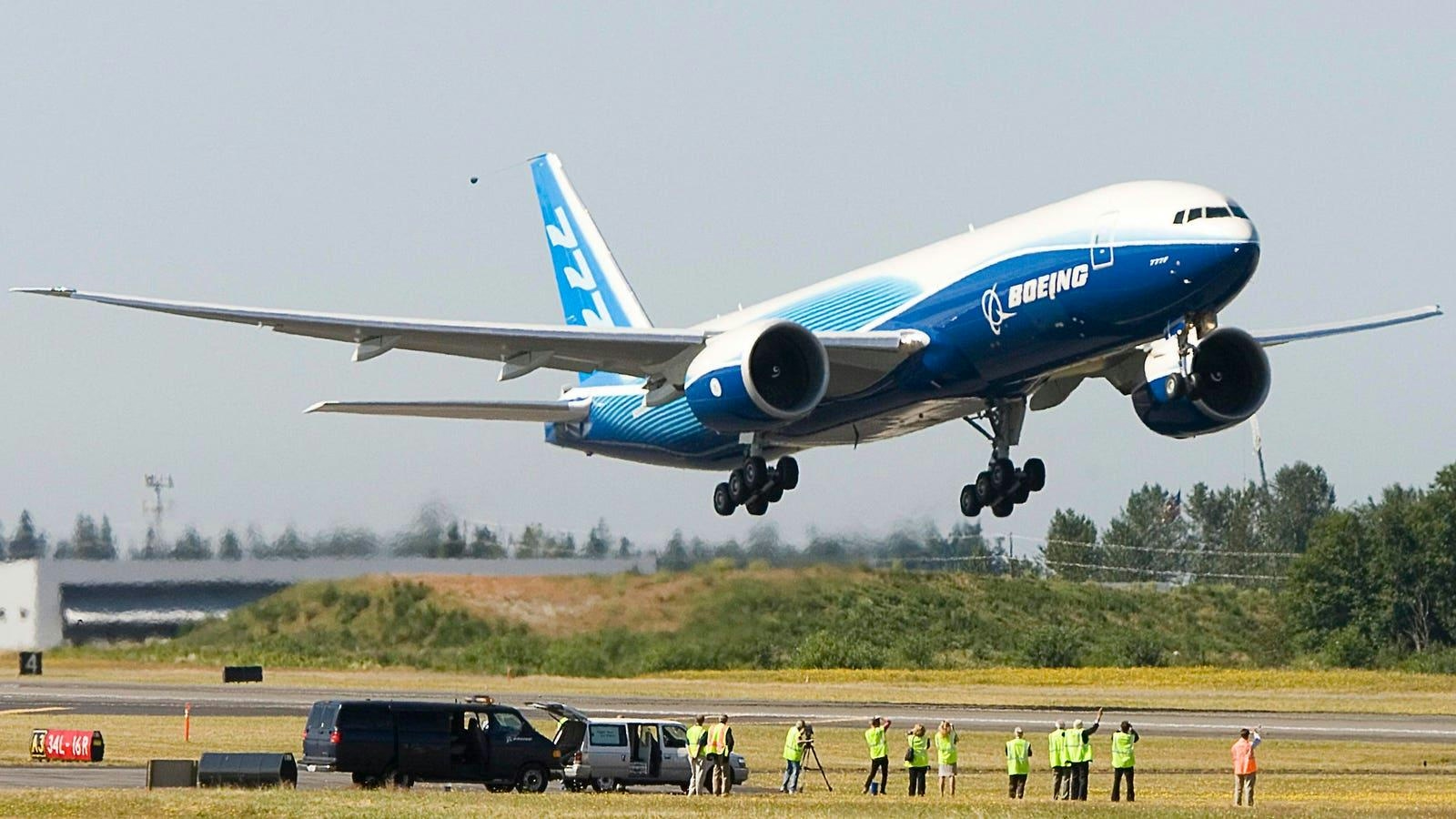
New Aircraft to Succeed the Boeing 777-200LR
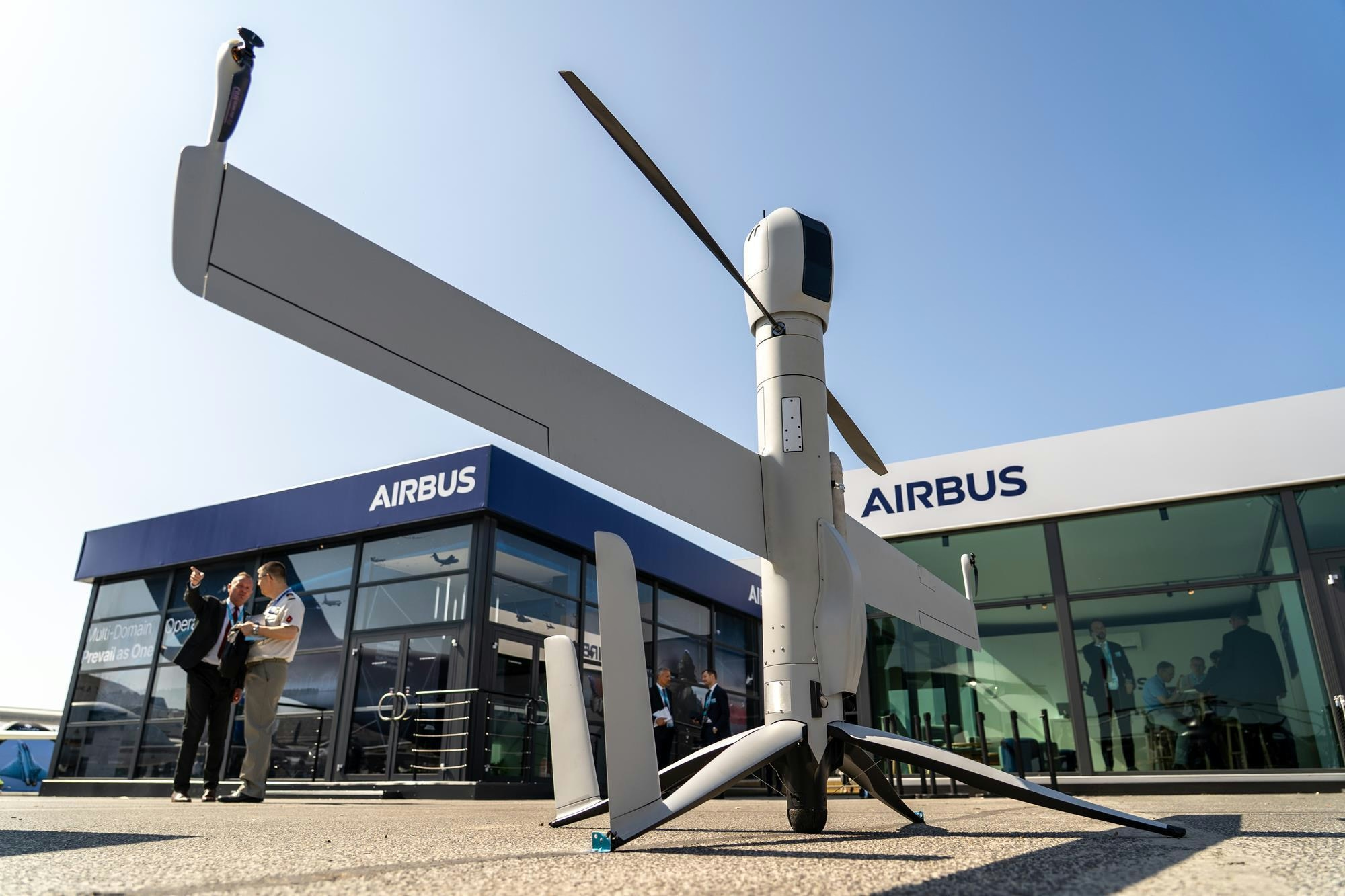
Uzbekistan Becomes First in Central Asia to Order Airbus Flexrotor Drones
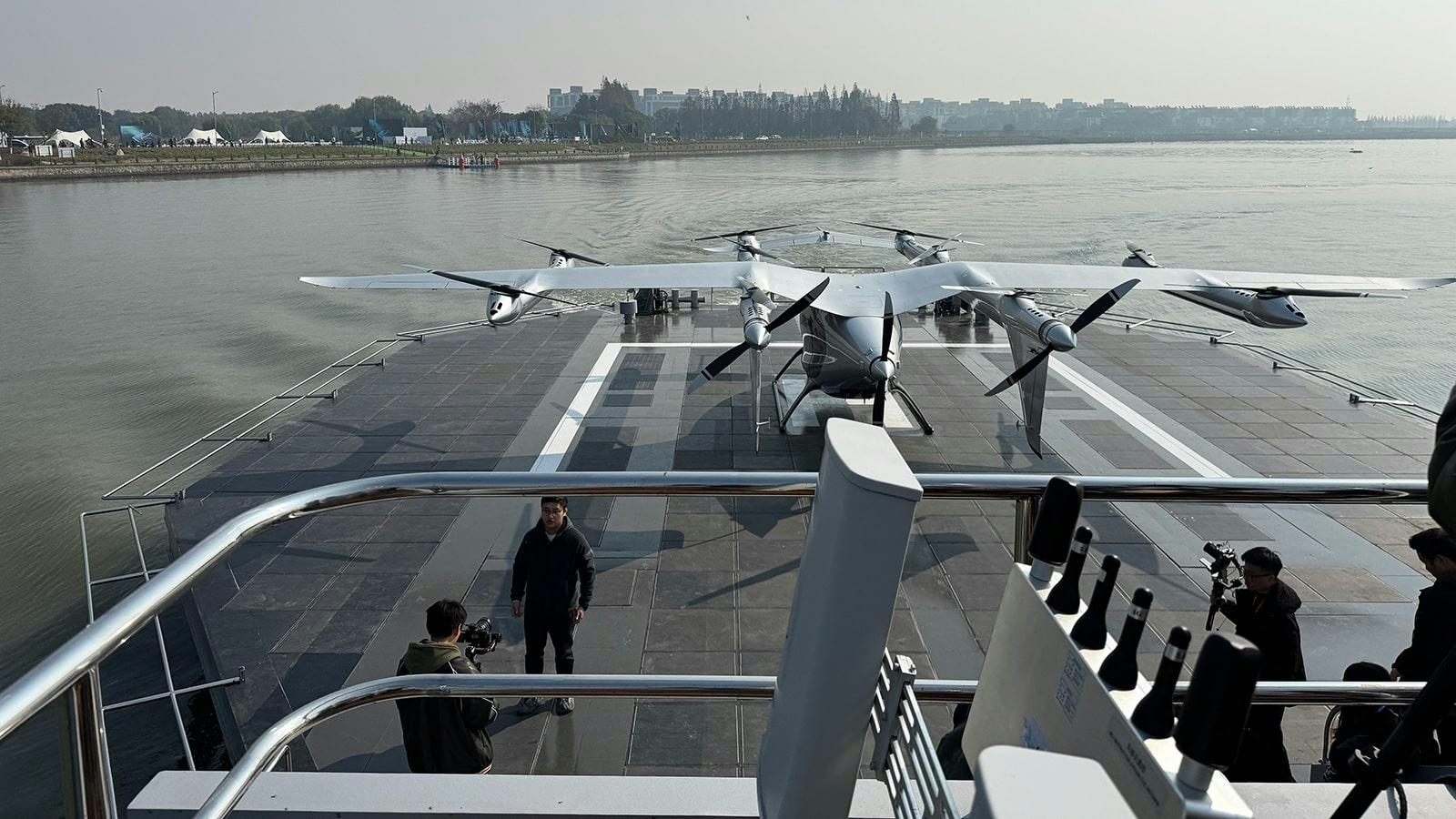
AutoFlight Unveils Zero-Carbon eVTOL Water Vertiport

SmallRig Partners with Photographer Chen Cheng to Advance Aerial Imaging
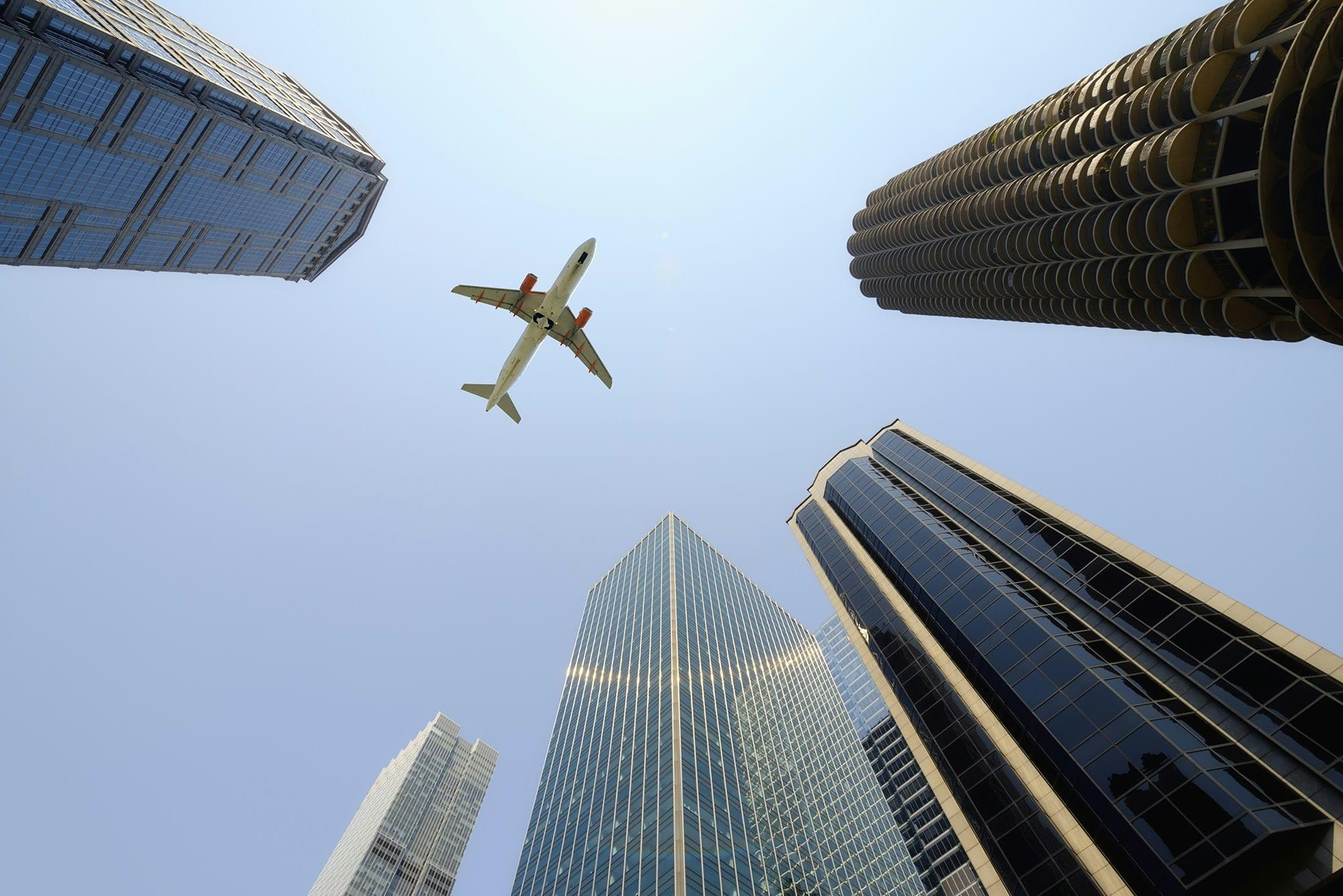
Aviation Lease Rates Hit Record High
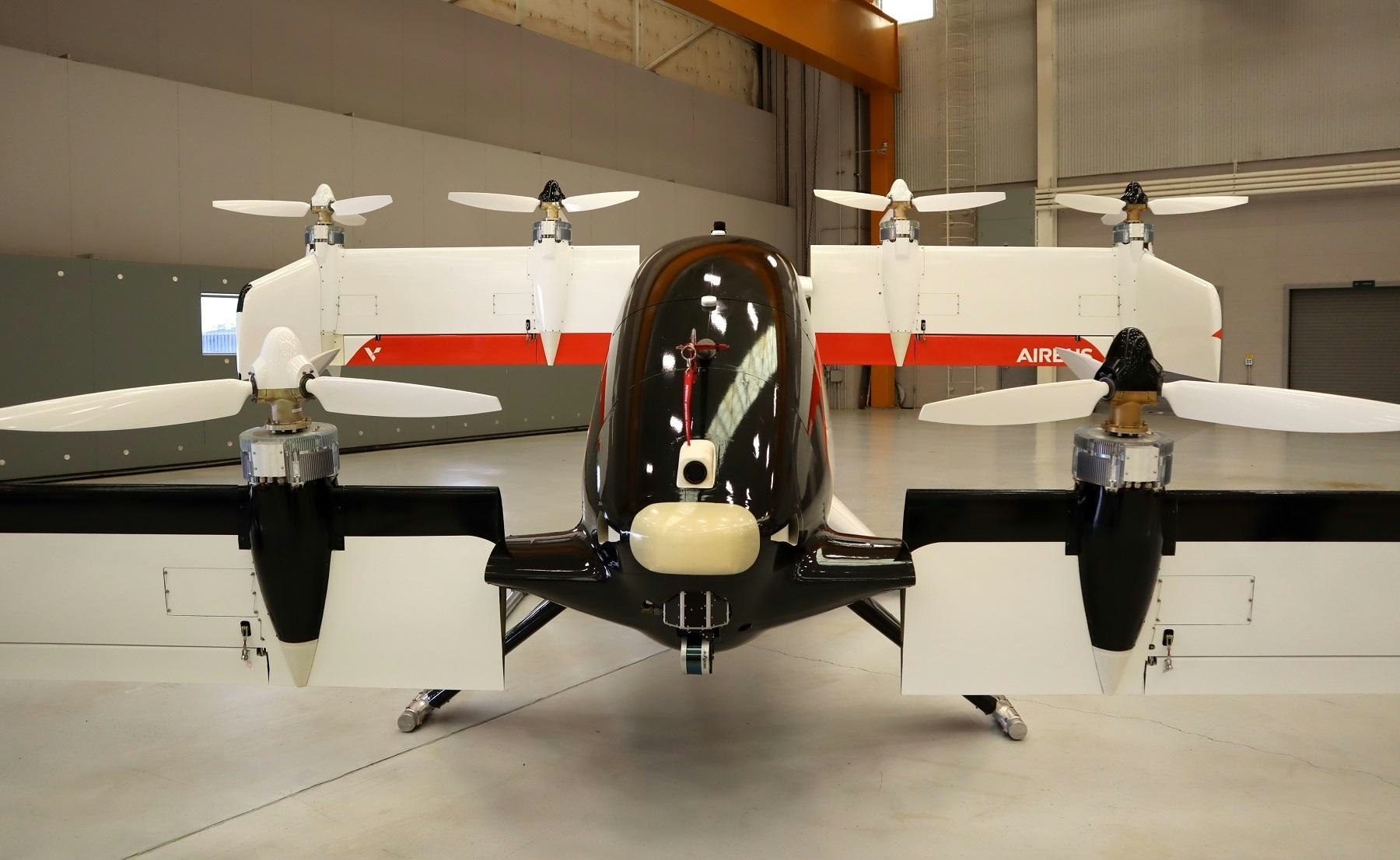
Inside a Four-Seater Flying Taxi Designed for Future Pilotless Flights
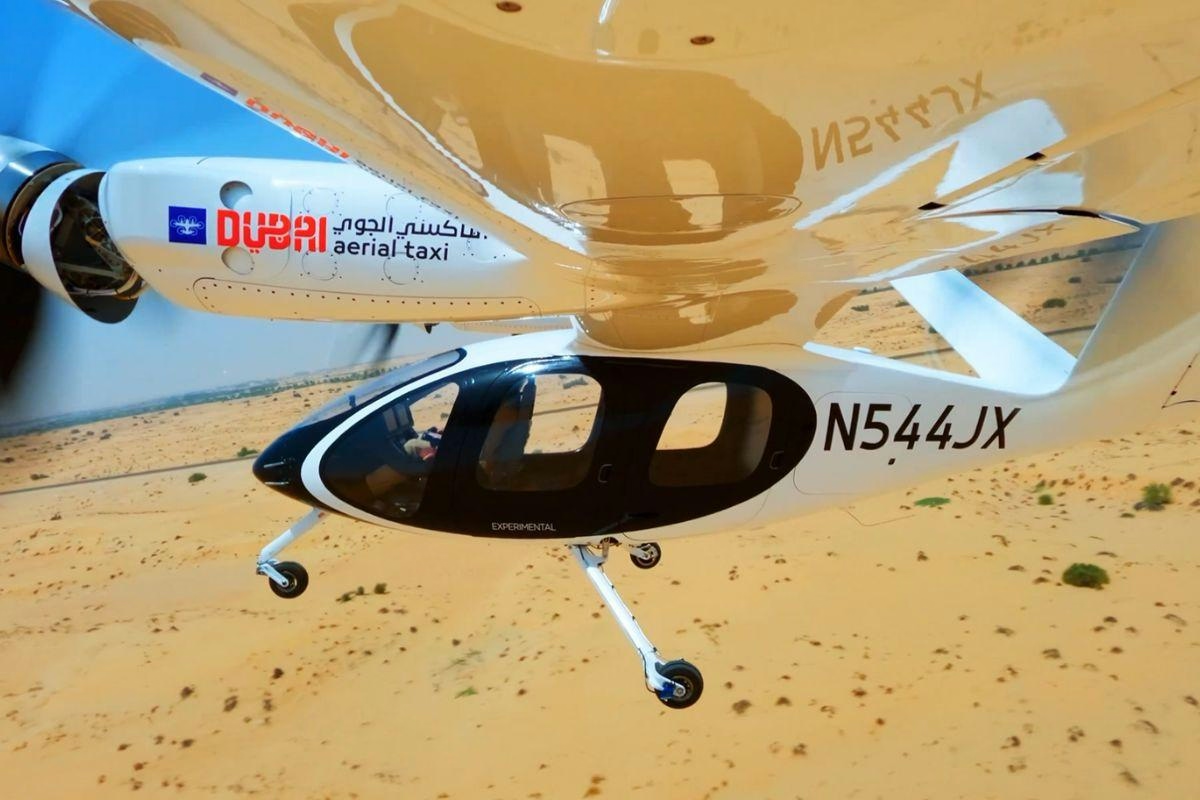
Dubai Prioritizes Public Safety Ahead of 2026 Air Taxi Launch

Emirates Airlines Unveils Major Initiatives at Dubai Airshow
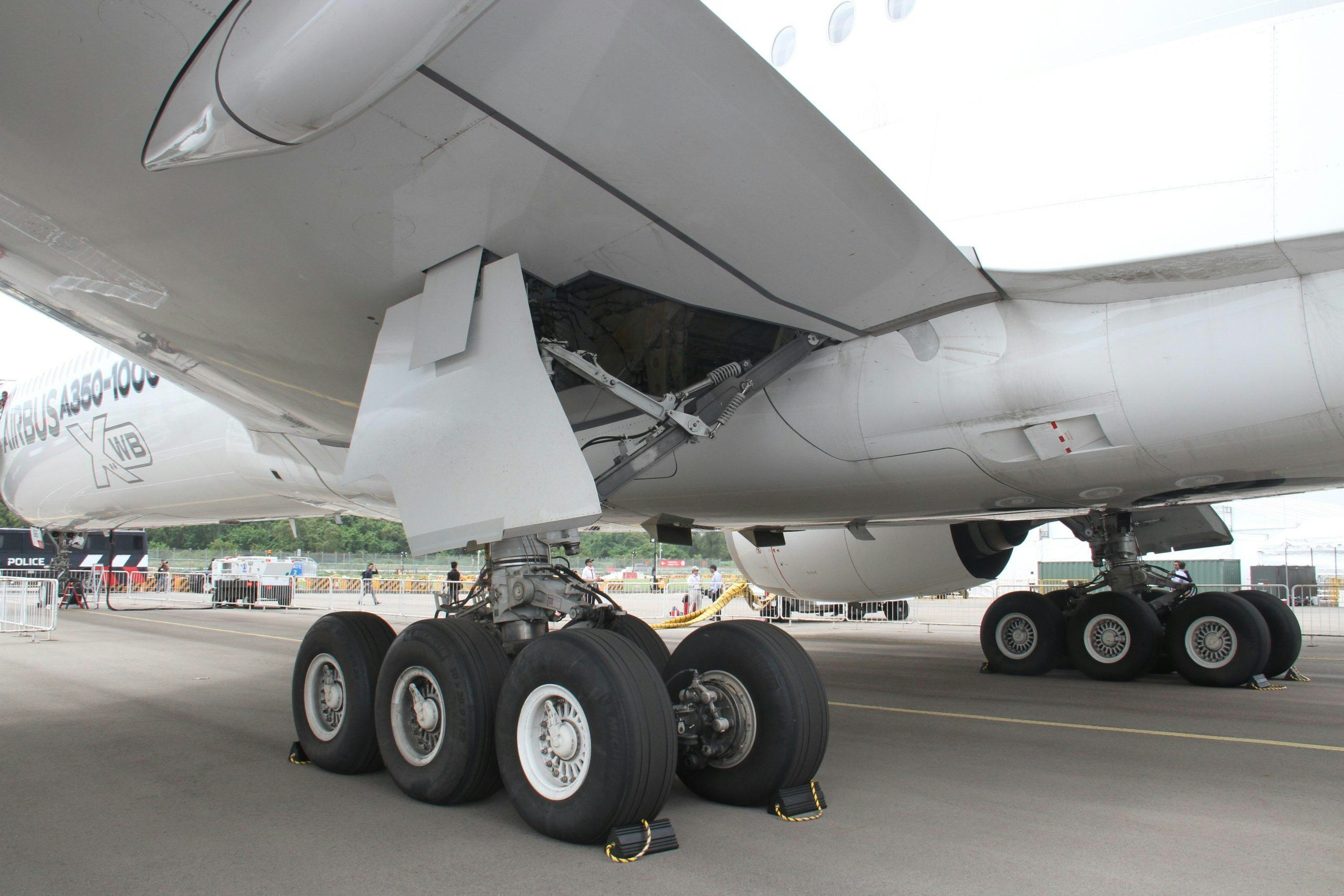
Why Airbus Markets the A350 as a Long-Range Leader
